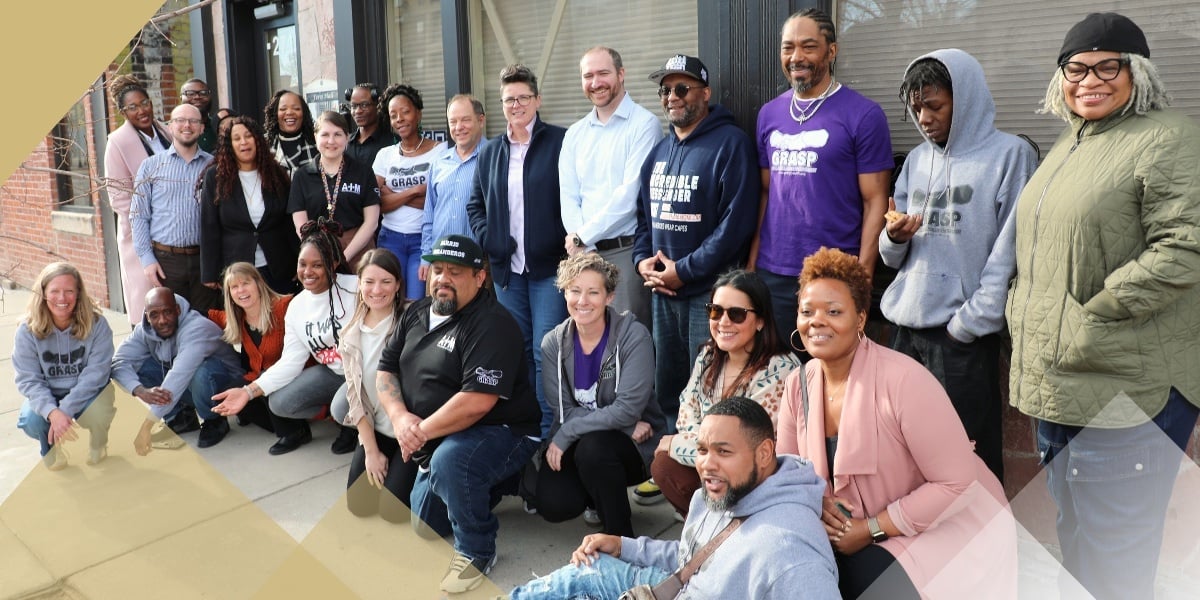Kidney disease is sometimes called the “silent disease” because it can be symptomless in its early stages. An estimated 90% of Americans who have chronic kidney disease (CKD) may not even know they have it until it is advanced.
About 37 million adults in the United States have CKD which, if left untreated, can progress to end-stage renal disease. Adding to these alarming data are significant disparities impacting Hispanic populations. Adjusting for age and sex, the prevalence of end-stage renal disease is almost 50% higher among Hispanic patients than non-Hispanic white patients.
March is National Kidney Month and researchers and clinicians in the University of Colorado Department of Surgery are aiming to address an area in which disparities are especially prevalent: kidney transplantation.
In research published in 2022, CU researchers noted that Hispanic patients have less access to transplantation than non-Hispanic white patients.
“Hispanic patients experience disparities that are prevalent throughout the entire healthcare journey starting with access to primary care," says Elizabeth Pomfret, MD, PhD, chief of the University of Colorado Division of Transplant Surgery and Igal Kam, MD Endowed Chair in Transplantation Surgery. "This continues with referral of patients with CKD to a kidney specialist, delay in being referred to a transplant center and undergoing kidney transplant evaluation, longer wait times on the transplant waiting list, and a lower rate of transplantation compared to non-Hispanic patients with end stage kidney disease."
Two of the main culprits in kidney failure are diabetes and high blood pressure, explains Sixto Giusti, MD, an assistant professor of renal diseases and hypertension in the CU School of Medicine, conditions that significantly impact Hispanic populations. “For so many reasons – lack of insurance, environmental factors, lack of access to fresh foods, lack of access to primary care – Hispanic patients are at about 30% higher risk for kidney failure, and we’re seeing that those disparities extend to kidney transplantation.”
Getting care early enough
In 2018, the CU School of Medicine established the Hispanic Transplant Program (HTP) as part of the Colorado Center for Transplant Care, Research and Education (CCTCARE), with an aim of reducing racial and ethnic disparities in transplantation. It is a facet of the Hispanic Transplant Program at UCHealth University of Colorado Hospital, which Giusti directs.
"The UCHealth Hispanic Transplant Program is focused on helping our patients overcome hurdles to care and gain access to the vital care and assistance necessary to successfully navigate such a complicated process,” Pomfret says.
In the HTP, all providers, nursing staff, financial coordinators, social workers, and support staff are Spanish-speaking. They perform pre-transplant evaluation clinics twice a week, waitlisting clinics once a week, and post-transplant clinics at least twice a week. The next Hispanic Clinic Transplant Education Night will be from 4:30 to 6:30 p.m. April 20 at the UCHealth Rocky Mountain Lions Eye Institute in Aurora. The topic will be living kidney donation and the event is supported by the National Kidney Foundation.
Giusti notes that Hispanic patients are referred for treatment at more advanced stages of kidney disease than non-Hispanic white patients, making the need for transplantation harder to avoid.
“For a lot of Hispanic patients, they’re just not getting the care they need early enough,” Giusti says. “It may start at the most basic level, such as knowing what a kidney transplant is, or maybe concerns about residency status or language barriers. There’s also a lot of distrust in the medical system. Then, for a lot of people, transportation may be an issue, or they may not be able to get time off work or get childcare, or there may be issues with medical paperwork or accessing the correct information.”
Essential community partnerships
In the CU research published last year, which studied whether the HTP reduced disparities in kidney transplantation for Spanish-speaking patients through the creation of a dedicated center, several patients who were interviewed noted improved communication with not only clinicians, but with appointment schedulers. They also highlighted the importance of Spanish educational materials, and mentioned opportunities to educate families and communities about donation.
“The average wait time for a kidney from a deceased donor in Colorado can be anywhere from two to six years,” Giusti Torres says. “But there is about a 50% mortality by five years on hemodialysis for all races and ethnicities, so we’re trying to educate people about living donation."
Kidneys represent 83% of all organs that people are waiting for nationwide, so they are very needed.
“One thing we’ve observed with our Hispanic patients is that there’s often a hesitation, more of a taboo initially to talk with family about living donation or to ask them to get tested for compatibility. It’s the idea that ‘I can’t ask my son, I can’t ask my daughter, they might need that kidney later in life.’ But as they learn more about the screening process and they learn that donors aren’t harmed and can live life as normal after surgery, a lot of times they get more comfortable with it.”





.png)
